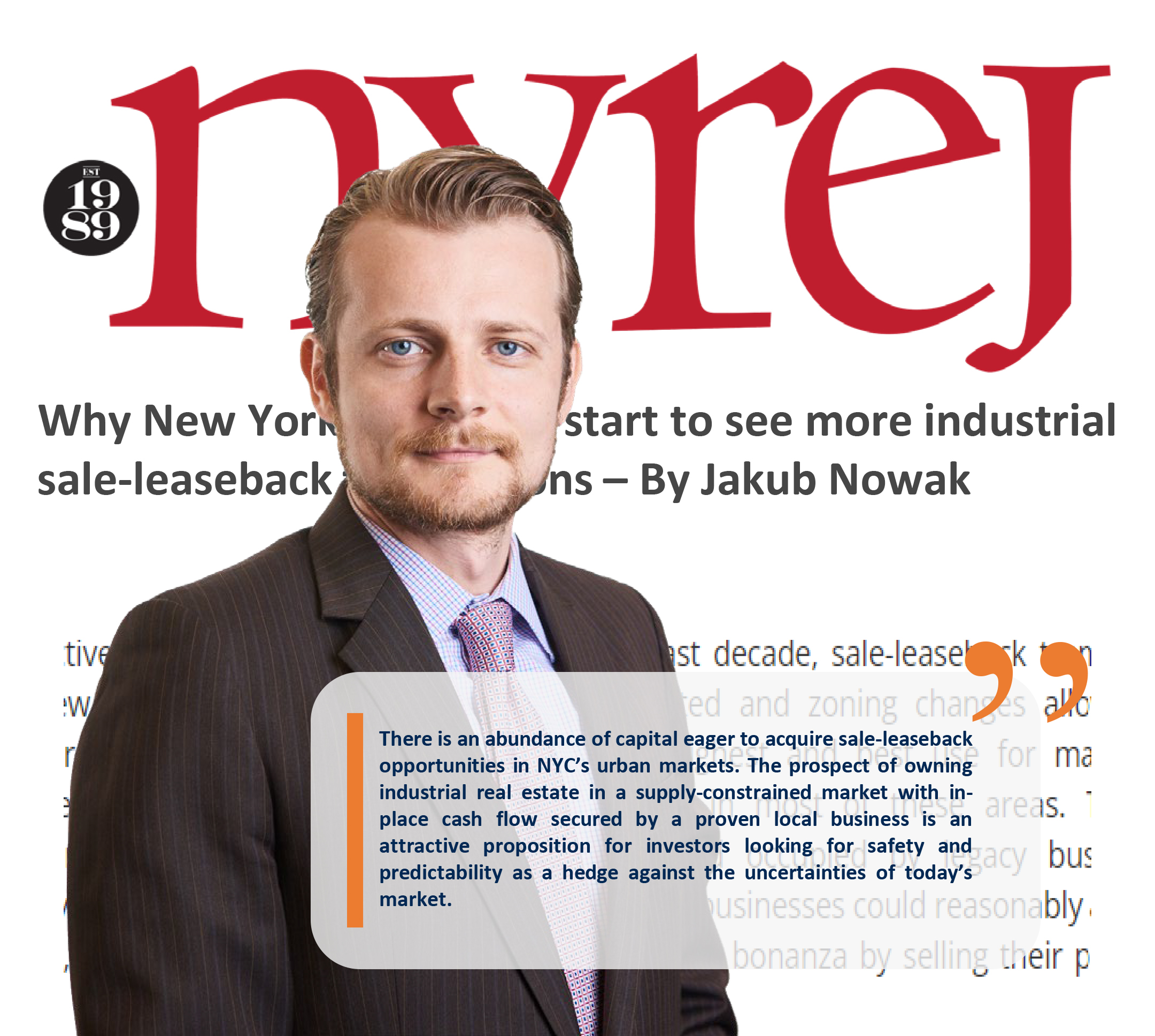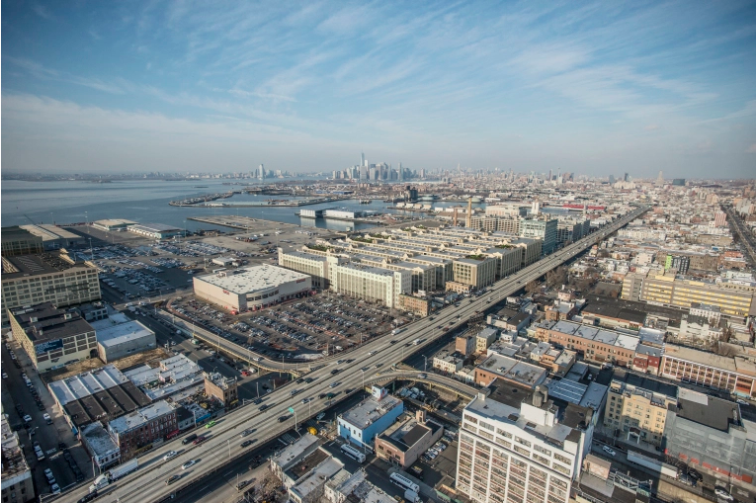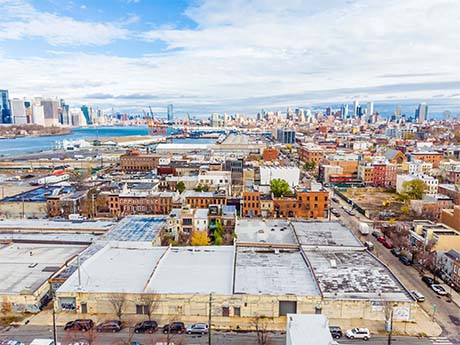
Why New York City could start to see more industrial sale-leaseback transactions – by Jakub Nowak
Articles Blog Post
May 18, 2023
In recent years, sale-leaseback transactions have gained popularity across the United States. On the other hand, New York City has seen few such deals over the last decade relative to other markets. Given the current lending environment however, this trend is likely to change in the near future. Owner-occupier businesses in NYC are starting to recognize the benefits of sale-leaseback agreements as a vehicle to access capital amidst economic and financing challenges arising from rising interest rates and a market slow-down.
In a sale-leaseback agreement, a business that occupies and owns its property sells the real estate to an investor and becomes the tenant. In most cases, the business signs a long-term net lease, giving it the security of continued use and continued control of the property. Owner-occupiers typically engage in sale-leaseback transactions as an alternative financing vehicle. The resulting capital is then used as working capital for the core-business (for example, to improve operations, finance projects or growth and/or open new locations) or to pay down debt.
Despite the attractiveness to certain owner-users, over the last decade, sale-leaseback transactions have been uncommon in New York City. As market fundamentals shifted and zoning changes allowed for residential development in traditionally industrial neighborhoods, the highest and best use for many owner-occupied properties changed, fueling extraordinary price appreciation in most of these areas. The unprecedented appreciation meant that the value of properties owned and occupied by legacy businesses oftentimes overshadowed any value that could be supported by a rent these businesses could reasonably afford to pay. Under the circumstances, many owner-users capitalized on the market’s bonanza by selling their properties at historic price records and moving their operation to cheaper markets or retiring from business altogether.
Over the same time period, the historically low interest rates that drove a run up in the city’s real estate values also gave rise to a new wave of businesses with business models that justified and could afford a move into urban-core properties even at the newly elevated values. Access to affordable Small Business Administration (SBA) financing, typically issued at over 90% loan to value, drove many of these newcomers to purchase the properties they would occupy instead of leasing them, creating an emergent and sizable segment of owner-occupied industrial assets.
However, with the Federal Reserve raising its benchmark overnight interest rate to the 5%-5.25% range over the course of 10 consecutive rate hikes since March 2022, these same businesses, who represented a large portion of the buyer pool over the last few years, have been priced out of the market as many are unable to service the rising rates of high leverage SBA financing. The same can be said for businesses looking for working capital. The regional banking crisis in the aftermath of the take-over of SVB, Signature Bank, and First Republic Bank, is dramatically impacting the credit markets, particularly for small to midsize private businesses seeking financing for their operations. These businesses are experiencing mounting pressure and many will likely be forced to consider alternative financing methods as banks tighten lending criteria and increasingly scrutinize cash flows.
As a result, businesses that own and operate out of an industrial facility see the prospect of freeing up working capital through a disposition and becoming a tenant by way of a sale-leaseback transaction as an increasingly attractive alternative. Even though property values have dropped and investors yield requirements have risen, in many cases the cost of renting back a property for a business as part of a sale-leaseback transaction is more attractive when compared against the alternatives. While cap rates have risen over the last year, they have not kept pace with the rise in interest rates on most business loans or corporate bonds. Furthermore, unlike a property loan, a sale-leaseback allows a business to capitalize on the full value of their real estate. Finally, in contrast to loan principal, rent payment is tax deductible against the company’s income.
There is an abundance of capital eager to acquire sale-leaseback opportunities in NYC’s urban markets. The prospect of owning industrial real estate in a supply-constrained market with in-place cash flow secured by a proven local business is an attractive proposition for investors looking for safety and predictability as a hedge against the uncertainties of today’s market. As the economic landscape continues to evolve and businesses adapt to new challenges, sale-leaseback transactions are poised to play an increasingly significant role in New York City’s industrial market. Both businesses and investors stand to benefit from the flexibility and stability that these deals offer, making them an attractive solution in an unpredictable environment. As sale-leaseback transactions gain momentum, they have the potential to solidify their place as a key component of the city’s dynamic and ever-changing real estate landscape.
Jakub Nowak is a senior managing director investments and team lead at the Nowak Group of Marcus & Millichap Brooklyn, N.Y.




